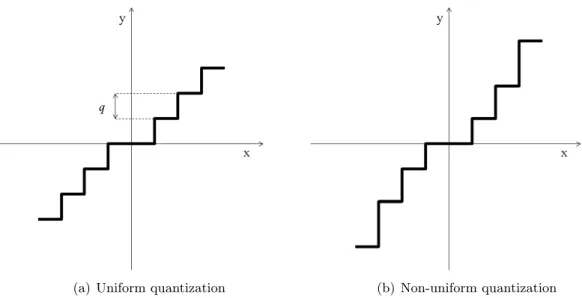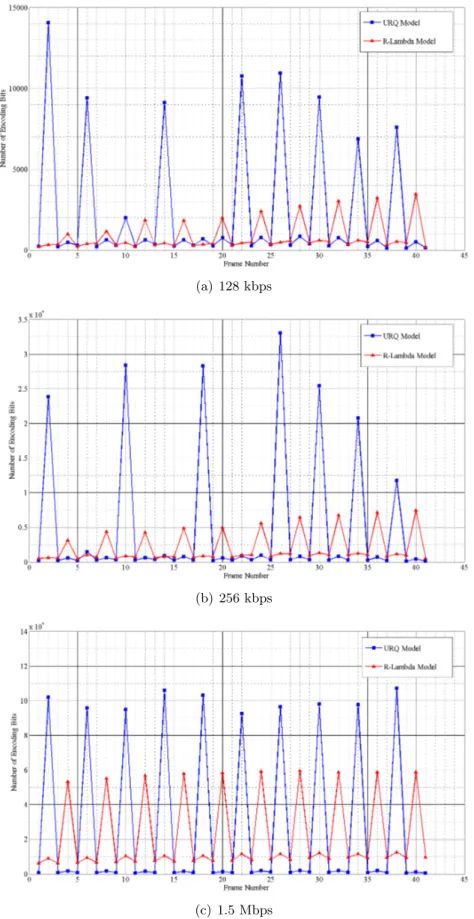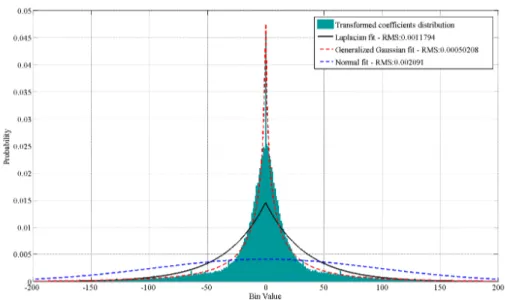Region-of-interest-based video coding for video conference applications
Texte intégral
Figure



![Figure 5.1: Model fitting at CTU level for QP ∈ [1, 25] and CTU size equal to 64x64](https://thumb-eu.123doks.com/thumbv2/123doknet/11478349.292214/85.892.119.734.245.983/figure-model-fitting-ctu-level-ctu-size-equal.webp)
Documents relatifs
Figure 7: Improvements in robustness for retinal fixations and cortical fixations models from the best baseline under various adversarial attacks at small perturbations on
In this paper we present, a 4 dofs (3T-1R) parallel mechanism with two degrees of actuation redundancy that responds to the major requirements: large operational workspace,
La compression scalable repose sur l’emploi d’informations inter-couches pour réaliser un codage plus performance dans la couche de niveau supérieur, ce qui implique que le ratio
MPEG RVC is a framework allowing users to de- fine a multitude of different codecs, by combining to- gether Functional Units (FUs) (i.e. actors in program- ming language) modeling
The fact that such languages are fully supported by tools is an on- vious Obviously the restrictions imposed The International Standard ISO/IEC 23002-4 specifies the textual
Actions schedules constrain action selection according to the current state of actors.. For instance, when the current state
High Efficiency Video Coding (HEVC) [1,2] is a video compression standard that is proposed as a successor to H.264/MPEG-4 AVC (Advanced Video Coding) developed by the ISO/IEC
Taking advantage of the surrounding coding unit information, a universal motion vector prediction framework is presented to improve the coding efficiency in HEVC.. The





